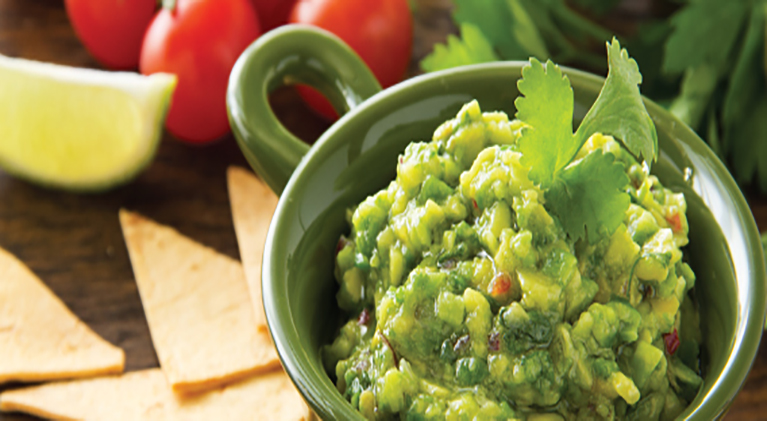Millennials want their snacks healthier. Plus they want to talk about those snacks on social media. Those are findings by a recent study by Amplify Snack Brands, Inc. and the Center for Generational Kinetics in Austin, Texas. And those snacking behaviors have become a catalyst in the healthier-for-you snack market. High Pressure Processing can play an important role in the snack food market by increasing shelf life without chemical additives and preservatives, maintaining the clean label today’s snack consumers desire.
Some other takeaways from the study:
- 89% of Millennials select taste as their highest priority in choosing a snack–Millenials expect their healthy snacks to taste good. Plus 78% describe better-for-you snacks as tasting the same or better than traditional snacks.
- 64% of Millennials, more than any other generation, believe that fewer ingredients mean a snack is healthier for you.
- 79% of Millennials said that understanding all the ingredients increases their level of trust in a packaged snack
- 68% of Millennials have recommended a better-for-you snack to someone else, and 66% of Millennials have received a recommendation for a better-for-you snack and then tried it.
- Trans fats, added sugar, and artificial sweeteners are considered the least tolerated better-for-you snack ingredients by Millennials.
- 41% of Millennials have tried a better-for-you snack because of an online rating or review and 37% have tried a better- for-you snack because of a social media post made by someone else.
- Millennials want to see organic, responsibly sourced, omega-3s, and environmentally friendly packaging promoted on a snack package in order to choose it over other packaged snacks.
- Parents are willing to pay an average of $1.53 more for a better-for-you snack if they know their child will eat it.
- 82% of parents purchased at least one new better-for-you snack in the last month because it seemed healthier, and there was a chance their child would eat it.
The full study can be found here.

